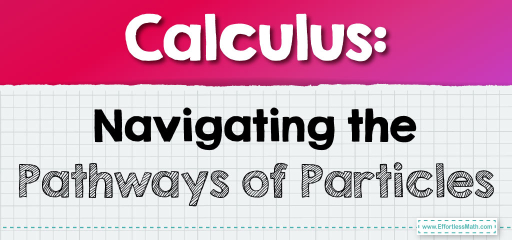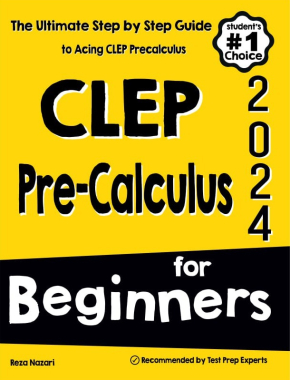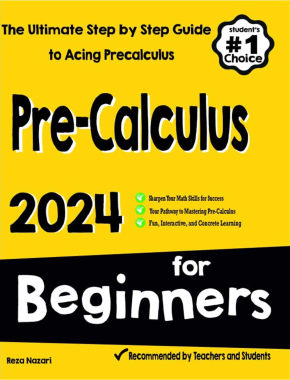Calculus: Navigating the Pathways of Particles
Calculus plays a pivotal role in physics by modeling particle motion, enabling the prediction and analysis of trajectories under various forces. By applying differential equations, calculus helps describe velocity and acceleration over time, translating complex physical phenomena into solvable mathematical problems. This not only enhances understanding of motion dynamics but also aids in designing experiments and technologies based on these principles, bridging theoretical physics with practical applications. For additional educational resources,. For additional educational resources U.S. Department of Education website.

Calculus facilitates the exploration of particle motion in multi-dimensional spaces, extending analyses to rotational dynamics and oscillatory motion. It empowers physicists to tackle non-linear systems where forces vary with position or time, leading to breakthroughs in understanding chaotic systems and quantum mechanics. Techniques like vector calculus and partial differential equations are instrumental in fields ranging from electromagnetism to fluid dynamics, showcasing calculus’s versatility in dissecting the intricate behaviors of particles across different scales and environments.
To mathematically model particle motion using calculus, we typically employ the following concepts:
- Position, Velocity, and Acceleration:
- Position \((s(t))\) as a function of time \((t)\) describes the location of a particle along a path.
- Velocity \((v(t))\) is the derivative of position, \(v(t) = \frac{ds}{dt}\), indicating the rate of change of position.
- Acceleration \((a(t))\) is the derivative of velocity, \(a(t) = \frac{dv}{dt}\), representing the rate of change of velocity.
- Differential Equations:
- Motion can be described by differential equations that relate acceleration, velocity, and position.
- For example, \(a(t) = \frac{d^2s}{dt^2}\) is a second-order differential equation that can model forces acting on a particle.
- Initial Conditions:
- Solving motion problems often requires initial conditions, such as initial position \(s(0)\) and initial velocity \(v(0)\).
- Integration:
- Integrating acceleration gives velocity, and integrating velocity gives position.
- For instance, if \(a(t) = -9.8 m/s^2\) (free fall), integrating gives \(v(t) = -9.8t + C_1\), and further integrating yields \(s(t) = -4.9t^2 + C_1t + C_2\).
- Vector Calculus for 3D Motion:
- In three dimensions, position, velocity, and acceleration are vector functions of time, \( \vec{r}(t) \), \( \vec{v}(t) \), and \( \vec{a}(t) \).
- Motion equations extend to vector forms, e.g., \( \vec{v}(t) = \frac{d\vec{r}}{dt} \) and \( \vec{a}(t) = \frac{d\vec{v}}{dt} \).
These mathematical tools allow physicists to precisely predict particle paths, analyze dynamic systems’ stability, and explore complex motion patterns in various physical contexts.
Related to This Article
More math articles
- How to Solve Word Problems with Four-digit Dividends and Two-digit Divisors
- Top 10 Tips to ACE the GED Math Test
- Tips on Hiring a Great Math tutor
- Growth Result As A Function of Time
- 7 Best Digital Pen Tablets for Online Math Teaching in 2026
- Customary Unit Conversions Involving Mixed Numbers and Fractions
- How to Master the Squeeze Theorem for Calculating Limits
- How to Find Reference Angles?
- How To Create a Distraction-Free Study Environment: 10 Tips
- What Is a Monomial?
















What people say about "Calculus: Navigating the Pathways of Particles - Effortless Math: We Help Students Learn to LOVE Mathematics"?
No one replied yet.